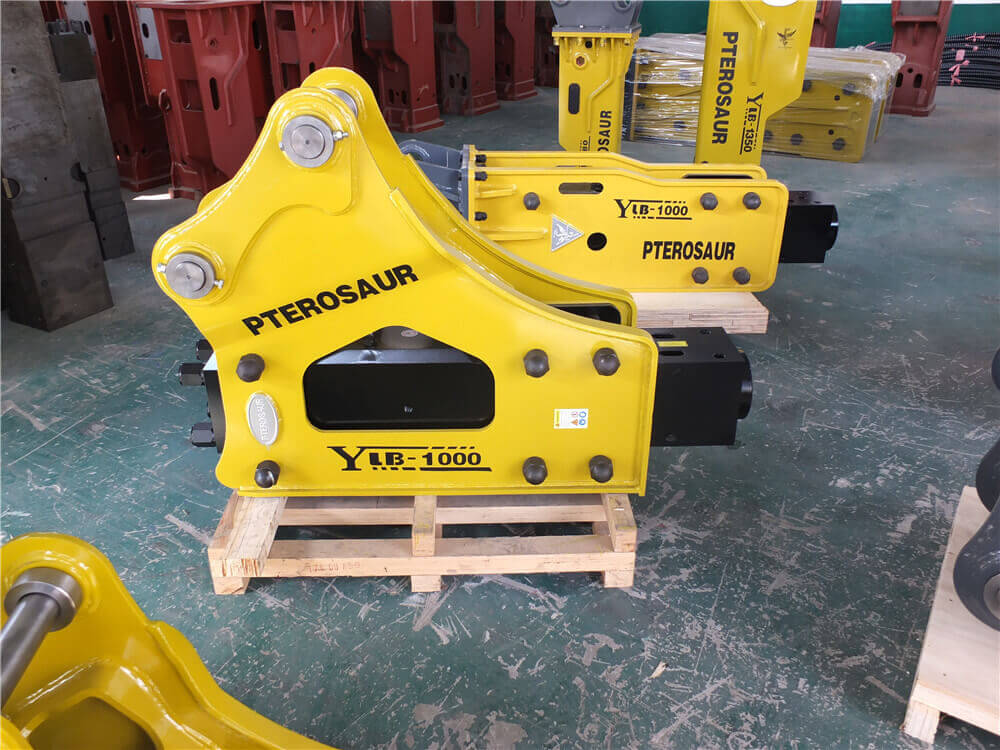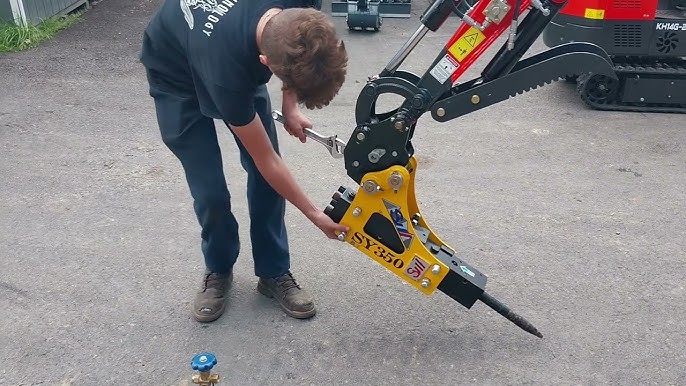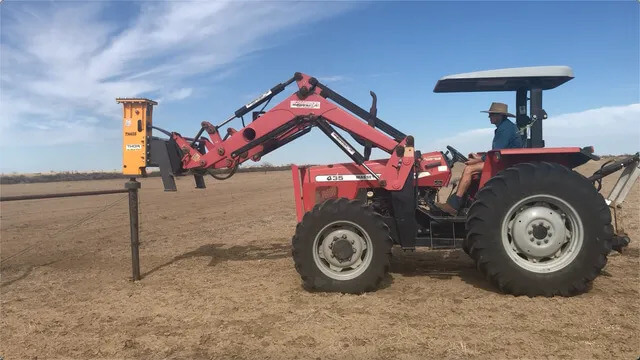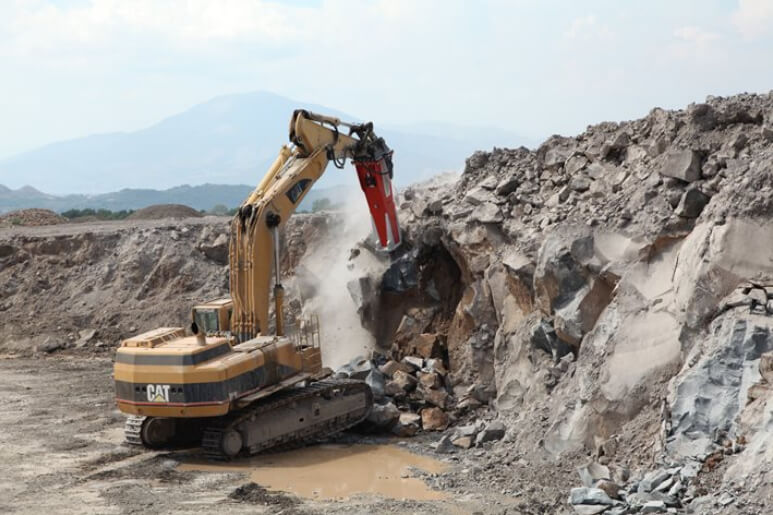Understanding Water Hammering: Causes, Effects, and Prevention
Water hammering may seem like a minor nuisance, but if left unchecked, it can escalate into significant issues that affect plumbing systems and hydraulic machinery. This article explores the causes and effects of water hammering, specifically focusing on its impact on hydraulic hammers used in excavators and other machinery, along with preventative measures to mitigate risks.
What is Water Hammering?
Water hammering is a hydraulic shock phenomenon that occurs when a fluid in motion is forced to stop or change direction abruptly. This sudden change causes pressure waves to travel through the fluid, resulting in a loud banging noise and potentially damaging effects on pipes and connected equipment.
Causes of Water Hammering
- Rapid Valve Closure: When a valve closes quickly, the water flow is abruptly halted, causing a pressure surge that leads to water hammering.
- Pump Malfunctions: Inadequate pump operation can lead to inconsistent water flow, contributing to hydraulic shock.
- Loose Fittings: Loose or improperly installed pipes and fittings can exacerbate the effects of water hammering, allowing vibrations and impacts to cause leaks or further damage.
- High Water Velocity: Excessively high water speeds can increase the likelihood of water hammering, particularly in poorly designed systems.
Effects of Water Hammering
Ignoring water hammering can lead to several severe issues, including:
- Pump and System Damage: Continuous hydraulic shock can wear down pumps, valves, and other system components, often resulting in costly repairs.
- Leaks: Over time, the repetitive impacts can loosen fittings and joints, leading to leaks that further compromise system integrity.
- Ruptured Pipes: In extreme cases, excessive pressure from water hammering can cause pipes to burst, leading to significant property damage and repair costs.
- Downtime: For businesses reliant on hydraulic systems, downtime caused by water hammering can result in lost productivity and revenue.
Hydraulic Hammers: A Special Case
Hydraulic hammers, or breakers, are essential tools for excavators, allowing for efficient demolition and excavation tasks. However, they are not immune to the effects of water hammering.
Common Hydraulic Hammer Issues
- Piston Problems: A malfunctioning piston is a common issue in hydraulic hammers, often linked to insufficient nitrogen charging or hydraulic fluid levels.
- Noise Issues: Misalignment or wear in hammer components can lead to excessive noise, which may indicate more serious internal problems.
- Improper Maintenance: Regular maintenance is crucial to prevent problems. Ignoring minor issues can lead to larger, more costly repairs.
Preventing Water Hammering
To mitigate the risks associated with water hammering, consider the following preventative measures:
- Install Water Hammer Arrestors: Devices designed to absorb shock waves can minimize the impact of hydraulic surges in plumbing systems.
- Properly Secure Pipes: Ensuring that all pipes and fittings are tightly secured can help prevent movement and vibration that contributes to water hammering.
- Slow Valve Closures: Implementing slow-closing valves can reduce the likelihood of abrupt stops in water flow, thereby minimizing hydraulic shocks.
- Regular Maintenance: Conducting regular inspections and maintenance on hydraulic systems and machinery can help identify and rectify potential issues before they escalate.
Conclusion
Water hammering is a significant concern for both plumbing systems and hydraulic machinery like excavators. By understanding its causes and effects, as well as implementing preventative measures, you can avoid costly repairs and downtime. Regular maintenance and attention to potential issues will ensure that your machinery operates efficiently and reliably, reducing the risk of hydraulic hammering and its associated problems.






































